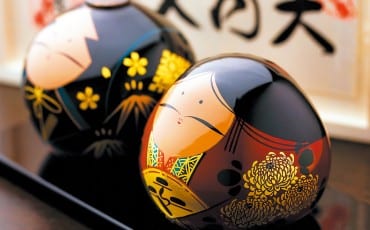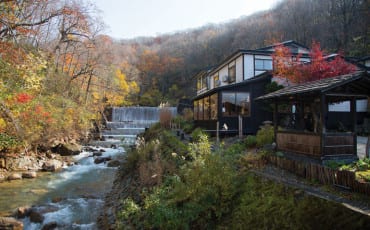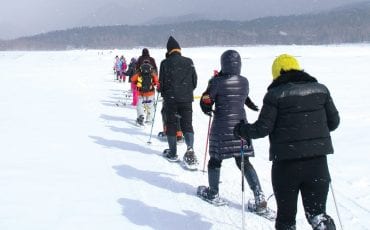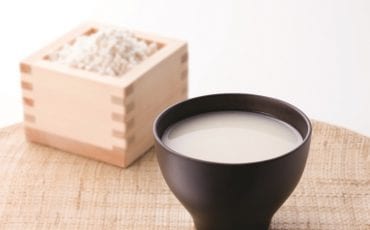Articles
Features
Oct 1, 2014
The Magical Sado Island
Meet The People of Sado
Tadaaki Aida, Aida Farm Sado Super Koshihikari
A firm promoter of the development of Sado, Aida has no qualms about sharing his rice farming method with other local producers – he believes it would improve the overall quality of rice in Sado and, in the long run, help in the development of the city. Well, seems to us that’s a philosophy worth learning!
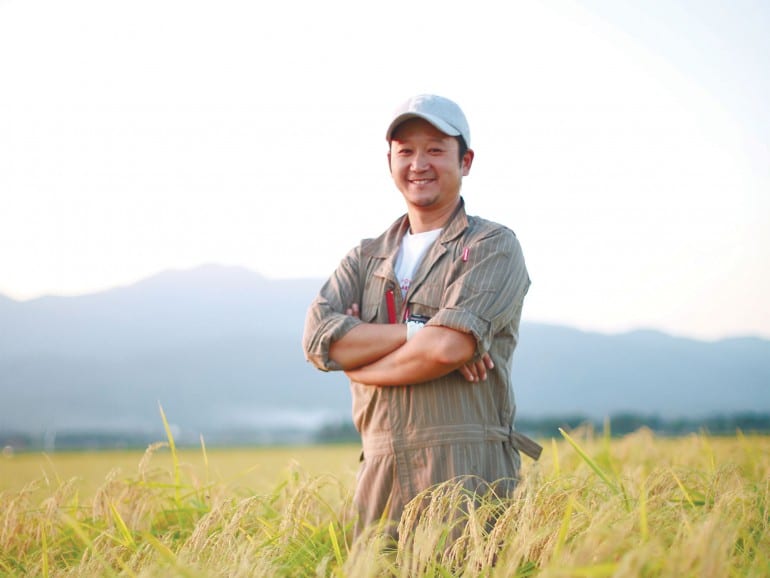
Tell us more about your rice farm.
My family and I have a very meticulous method of harvesting the rice – we would walk around our 13-hectare rice field (that’s the size of almost 30 football fields!) once a week to manually adjust the fertilisers. The weather is unpredictable, but at least we can control the quality of our rice crop. Another unique feature of Aida Rice Farm is our oyster shell system. Together with the use of organic fertilisers, the oyster shell powder works to enhance the flavour of our rice, giving it its characteristic sweetness and slight stickiness.
So, we hear the endangered Japanese crested ibis, or toki, like to visit your farm?
Yes, it’s become a rather common sight. The toki was made endangered due to human activity; it’s wholly our responsibility to revive the species. After years of conservation, it seems they are coming back to share this living environment with humans, and it’s our mission to find the perfect balance between humans and the toki to ensure harmony.
Why do you think Sado is ideal for rice farming?
Sado Island is surrounded by the Sea of Japan, which brings with it a salty sea breeze that enhances the flavour of our rice. At the same time, we are on a flat-land area (ideal for rice farming), and the air is generally clean. We are very fortunate to be so strategically located.
Rice farming aside, what do you personally like about Sado?
Oh, I love matsuri (festivals). Everyone comes together to celebrate the good harvest with plenty of sake and laughter – which, to me, is the spirit of matsuri. Another great thing about Sado is the Sado breeze. I’m not talking about the sea breeze; the tradition, culture and smile of the Sado people is palpable through the Sado breeze, and I genuinely hope visitors can experience this breeze when they are here, too.
Akiko Watanabe, Hana no Ki
Her graceful and gentle demeanour would instantly put one at ease. We speak to the director of Hana no Ki, a 150-year-old Japanese farm house she and her husband (pottery artist Tosei Watanabe) opened in 1995, as she shares with us her Sado story.
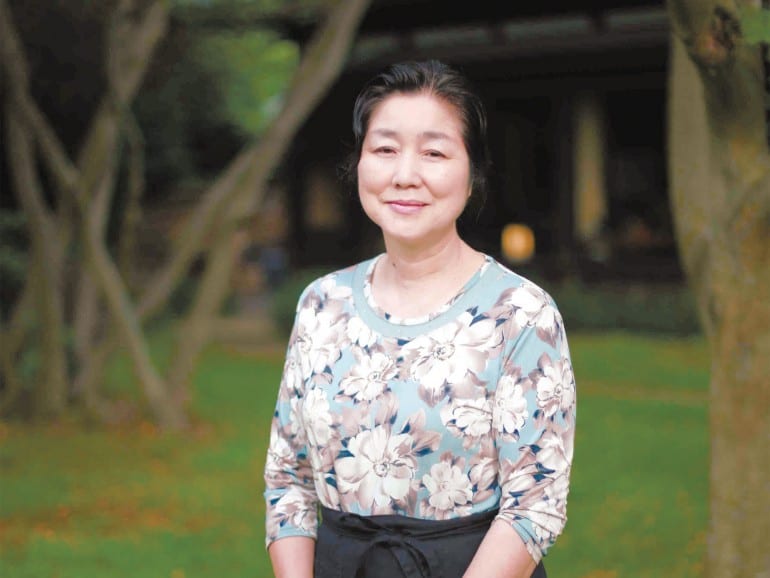
What prompted your move to Sado?
My cancer-stricken father was told he had two years left to live, so we decided to uproot our lives in Nagoya and move to Sado 39 years ago in the hope of a peaceful few years for my father. The amazing thing is, after moving to Sado, he survived for another 33 happy years.
You also produce your own brand of camellia oil. What inspired it?
Camellia trees typically attract a lot of bugs, but not the trees in Sado. The trees here are also strong enough to withstand harsh winter conditions. I thought it would be a waste of nature’s gift not to revive it. But the real motivation was my father – camellia oil is known to reduce blood cholesterol levels, which would do my sickly father good at the time.
What are the other benefits of camellia oil?
It is very moisturising for the skin, and can be used to soothe skin problems such as eczema.
What do you like most about Sado?
The nature here is breathtaking. I can truly feel it whenever seasons change. Also, the people of Sado are very down-to-earth; I could wear clothes with holes and not worry about getting judged!
(TEXT TAN LILI PHOTOGRAPHY MASANORI KAWAGUCHI / SYUNSUKE SHII/ KATSUYOSHI SEKINE)
>>Read more about Sado Cultures





